List of Cities in Himachal Pradesh by Population
Himachal Pradesh is a beautiful region that draws tourists' attention worldwide all year. A few instances of its unbeatable beauty include the spectacular snow-capped mountain peaks, the lush meadows, the lovely green-carpeted valleys, and the bubbling streams. However, one may better understand why Himachal Pradesh is regarded as one of India's most enticing tourist destinations by visiting some of its major cities in Himachal Pradesh.


The charming appeal of the cities of Himachal Pradesh is the one thing that unites them all. Himachal Pradesh’s tourist attractions live up to terms that include “pristine,” “beautiful,” “celestial,” “ethereal,” and “extremely enticing.”
Shimla, Kullu, Manali, Dalhousie, and Dharamsala are a few of Himachal Pradesh’s most well-known cities. Most visitors travel to these hill towns during the summer, partly to escape the heat and more to take in their enchanting beauty.
A pleasant vacation from the oppressive heat is provided by the mild climate of the Himachal cities. Likewise, they are easily reachable because they are well connected to many regions across the country. So come, let’s check on the top 10 cities of Himachal Pradesh by population.
This is a tilt of urban agglomerations, cities, and towns from the Himachal Pradesh state of India as of the 2011 census. Let’s start with the most populated city and follow further.
1. Shimla
Population: 169,578
The capital and largest city of the Indian state of Himachal Pradesh is Shimla, commonly known as Simla, which was used officially until 1972. Shimla was designated as British India’s summer capital in 1864. Following independence, the city was named East Punjab’s capital and then Himachal Pradesh. It serves as the state’s main hub for commerce, culture, and education.
What is Shimla famous for?
The town is prominent for offering enjoyable hillside walks surrounded by pine and oak woodlands. The Mall, Ridge, and Toy Train are well-known landmarks in this Himachal Pradesh capital city. The town has buildings in the colonial style, which give it a unique appearance.
Famous fact: The only natural ice skating rink in the country is Shimla. It was established in 1920 under British administration and has been a well-liked travel attraction in Shimla.
2. Dharamshala
Population: 53,543
The winter capital of Himachal Pradesh, India, is Dharamshala. After being moved from Kangra, a city 18 km from Dharamshala, in 1855, it now serves as the administrative center of the Kangra district. Dharamshala gives the appearance that one has traveled to a place where Tibetans live. However, the earth and the soul are incredibly friendly. As the residence of the Dalai Lama and all exiled Tibetans, Dharamshala, located in the Western Himachal region, is well-known among Buddhist visitors to the state.
What is Dharamshala famous for?
The place is well known for its breathtaking landscapes, and because of the vast number of Tibetan communities there, it is also known as “Little Lhasa.”
Famous fact: The city is home to peculiar cafes, untamed waterfalls, treks, trails, and camping grounds, in addition to monasteries and spectacular temples. Doesn’t it sound alluring? But, of course, if you’re an Indian, you won’t have to travel very far to see this (at least if you’re in Dharamshala, Himachal Pradesh).
3. Solan (Education Hub of Himachal )
Population: 47,418
The administrative hub of the Solan district is the city of Solan, which is situated in the Indian state of Himachal Pradesh. The state capital Shimla is 45.5 km away from this township. Solan is located at an average elevation of 1,550 meters above sea level. The town is located halfway between Chandigarh and Shimla on National Highway 5 between Kalka and Shimla.
What is Solan famous for?
Since Solan produces the most mushrooms in India and is home to the Directorate of Mushroom Research, it is referred to as the “mushroom city of India.” The city’s name comes from a Hindu goddess, Shoolini Devi, who is revered there.
Famous fact: Mount Karol, which rises to 2280 meters, is the highest peak in Solan. There is a historical Pandava cave at the mountain’s peak where the Pandavas formerly meditated.
4. Mandi Fashion Capital of HP
Population: 41,348
Mandi is a considerable city and urban municipality in the Himachal Pradesh state of India. This Himalayan mountain resort is 145 km from Shimla, the state capital, and experiences beautiful summers and chilly winters. Almost 220 km long, National Highway 20 connects Mandi to Pathankot, while 323 km long National Highway 21 connects Mandi to Chandigarh and Manali.
What is Mandi famous for?
Mandi is also known as “Choti Kashi” because the Ghats on the Beas River’s bank resemble those in Varanasi and because there are Lord Shiva temples nearby. It is frequently referred to as the cultural capital of Himachal Pradesh because of its rich culture, traditions, and temple architecture.
Famous fact: Lord Shiva, the primary god of the Bhootnath, Trilokinath, and Panchvaktra temples, has designated Mandi as Cotopaxi Kashi. Mandi is one of the state’s cultural centers thanks to its ancient palace, magnificent temple architecture, and rich customs.
5. Palampur
Population: 40,385
In the Kangra District of the Indian state of Himachal Pradesh, Palampur is a hill town and a municipal corporation. The Dhauladhar hills flank it, and pine trees encircle it. Numerous streams originate in Palampur and flow from the mountains to the plains. Palampur has a unique appearance due to the presence of water, snow-covered mountains, and flora.
What is Palampur famous for?
The main reason for the tourist influx in this area is the Palampur Tea Gardens. Tea gardens cover a vast region and provide a unique touch to the landscape’s charm. In addition, Palampur is known as the “Tea Capital of Northwestern India” and is the source of the renowned “Kangra Tea.”
Famous fact: Contrary to popular belief, the state does not exclusively have tea gardens. Palampur is a heritage site with amazing architecture and natural beauty. This area is the ideal blend of vegetation and water, with a breathtaking perspective of the valley.
Captain Vikram Batra was also belongs to Palampur. He is often termed the ‘Kargil War Hero”. Captain Batra was awarded the highest bravery honour, the Param Vir Chakra, for his heroic sacrifice
6. Baddi (Industrial Hub of HP )
Population: 29,911
Baddi is a town in the Shivalik Hills, 35 km west of Solan, in the Himachal Pradesh region of India. It is located on the boundary between Himachal Pradesh and Haryana states.
What is Baddi famous for?
Several pharmaceutical businesses operate manufacturing facilities and R&D centers in the municipality of Baddi. They include Cipla, Dr Reddy’s Laboratories, Cadila Healthcare, Torrent Pharmaceuticals, Abbott Laboratories, Ranbaxy Laboratories, and Manjushree Technopack, some of the biggest pharmaceutical corporations in the world.
Famous fact: Leading FMCG, textile, and pharmaceutical businesses are housed in Baddi’s 3,120 facilities, which produce a combined Rs 60,000 crore in sales annually. The town earns half of the state’s entire industry revenue.
7. Nahan
Population: 28,899
Nahan is a town in northwest India’s Himachal Pradesh state. At the base of the Siwalik (Shiwalik) Range, it is located south-southeast of Shimla, the state capital.
Trade in agricultural products and wood is centered on Nahan. The town’s industries are iron making, wood carving, and hand weaving. During British control in India, it served as the Sirmur (Sirmaur) Punjab Hill State seat.
What is Nahan famous for?
History lovers will enjoy the scenic beauty of Nahan and the legends and tales surrounding it. In Nahan, numerous tourist attractions appeal to visitors of all ages, such as Shivji Temple, Triloknath Cave Temple, and Kalisthan Temple.
Famous fact: At the height of 932 meters, Nahan is a great starting point from which to explore the nearby Renuka Lake, Paonta Sahib, Trilokpur, and Suketi Fossil Park. There are temples and gardens there as well as a water-supplying artificial lake. As a result, Nahan has acquired the title of India’s second Municipal Corporation after Kolkata.
8. Paonta Sahib –
Population: 25,183
India’s Himachal Pradesh region includes the industrial town of Paonta Sahib. It is situated on National Highway 72, south of the Sirmaur district ( New NH 7). Sikhs consider Paonta Sahib a significant location of devotion since it is home to the massive Gurudwara Paonta Sahib on the Yamuna River’s banks. Between the states of Himachal Pradesh and Uttarakhand is a river.
What is Paonta Sahib famous for ?
Paonta Sahib, in the Himachal Pradesh district of Sirmour, is well known for its legendary Gurudwara. The tenth guru of the Sikhs, Guru Gobind Singh Ji, is commemorated by this Gurdwara. Guru Gobind Singh Ji wrote the Dasam Granth in this place.
Famous fact: Guru Gobind Singh Ji and his horse are believed to have stopped here, where he then decided to stay. For nearly five years, he called this place home.
9. Sundarnagar
Population: 24,344
The Mandi District includes Sundernagar. It has a lake because of the waters of the Beas-Sutlej Project. Other sites on the surrounding hill include the Mahamaya Temple and Sukhdev Vatika. Sundernagar is a lovely town well-known for its shady strolls through imposing trees.
What is Sundarnagar famous for?
The Mahamaya Temple is the most famous of the town’s well-known temples. Sundernagar, located at an elevation of 1,174 meters, is renowned for its shaded paths through tall trees.
Famous fact: The former capital of the princely kingdom known as Suket State was Sunder Nagar.
10. Chamba
Population: 19,933
The Chamba District, with an area of approximately 6522 square km and encircled on all sides by towering hill ranges, is located between north latitude 32° 11′ 30″ and 33° 13′ 6″ and east longitude 75°49″ and 77° 3′ 30″. The region is entirely mountainous, with elevations between 2,000 and 21,000 feet.
What is Chamba famous for?
The pristine natural beauty of Chamba, the home of Kailash Mountain and Lord Shiva, is well known. It’s a minor but incredibly alluring tourist attraction in Himachal Pradesh, recognized for its breathtaking natural beauty.
Famous fact: A naturally formed Shiva Ligam with a copper covering that was taken from former Chamba copper mines is housed in the village’s 1100-year-old Chandrashekhar Temple. It is thought that Lord Shiva traveled from Saho to Manimahesh Kailash Peak in Bharmour to establish himself there.
3 comments
Leave a comment
You must be logged in to post a comment.





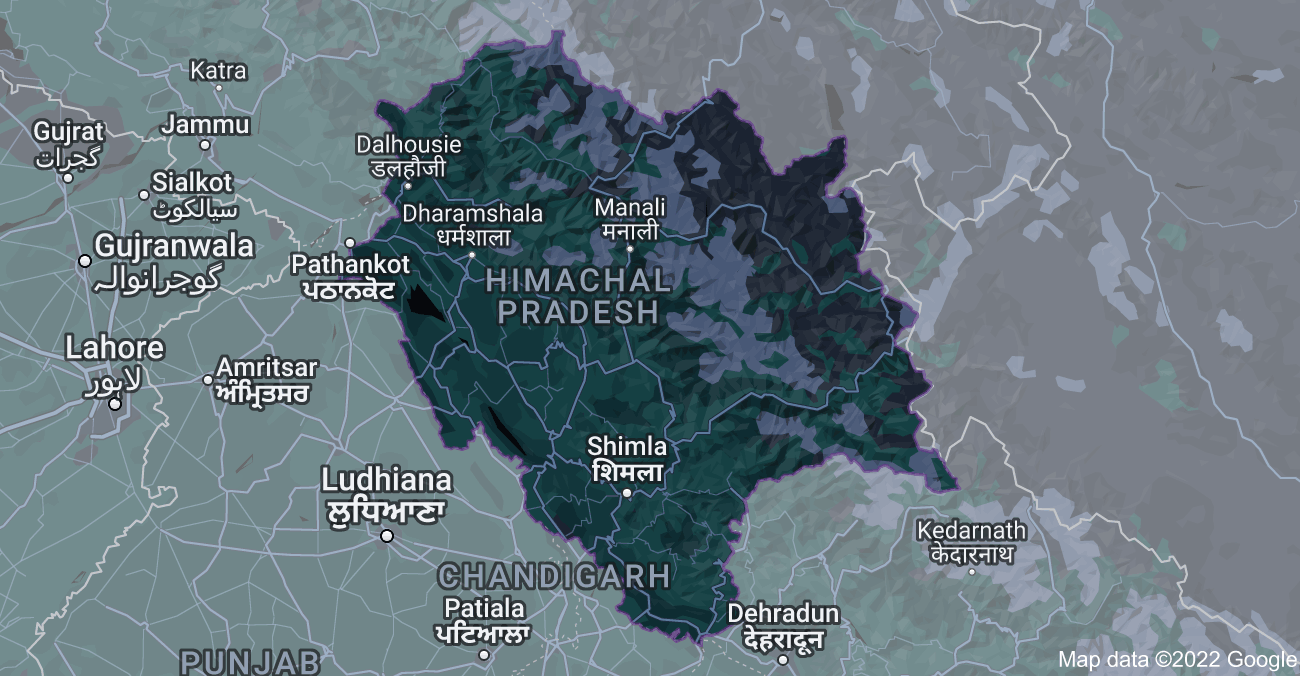
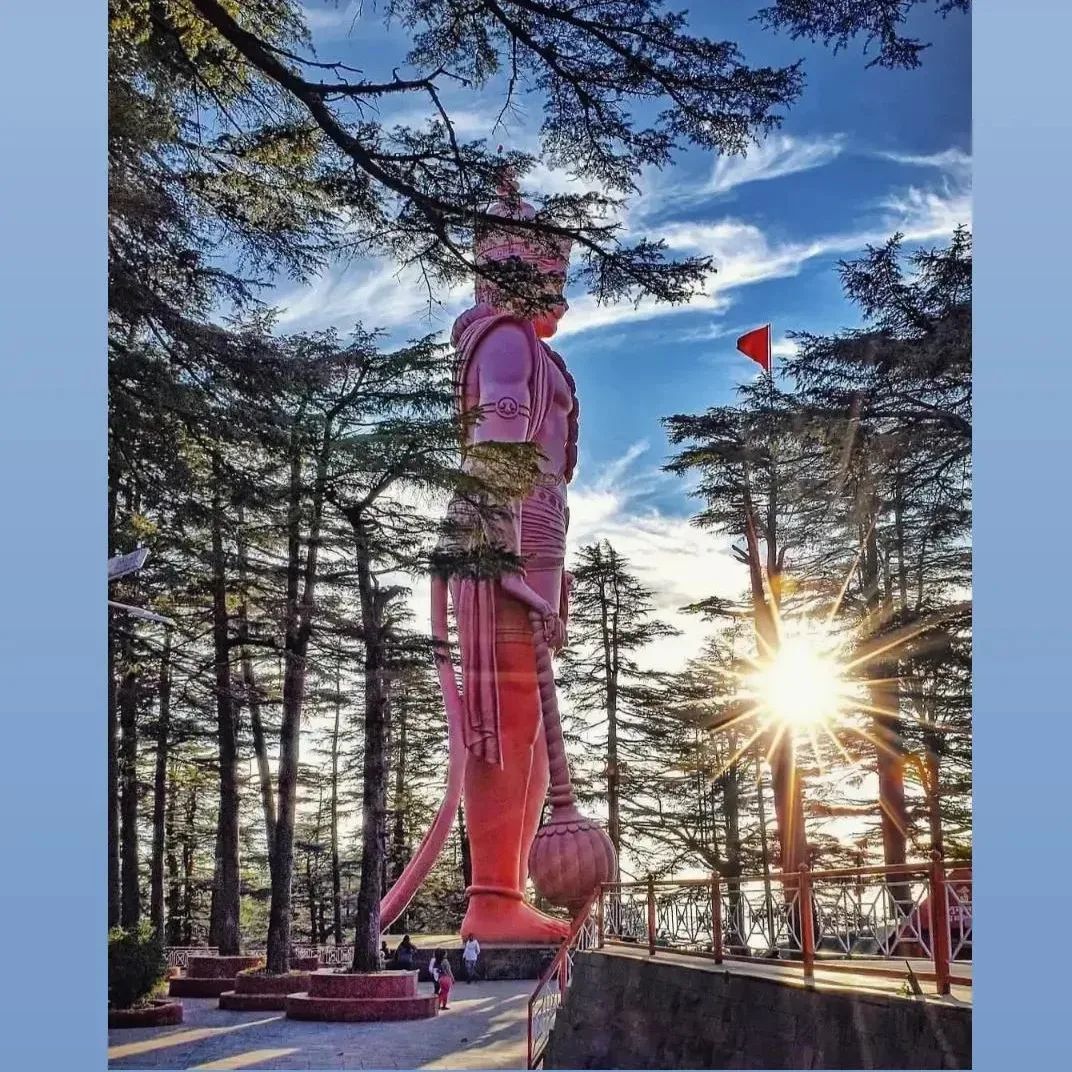
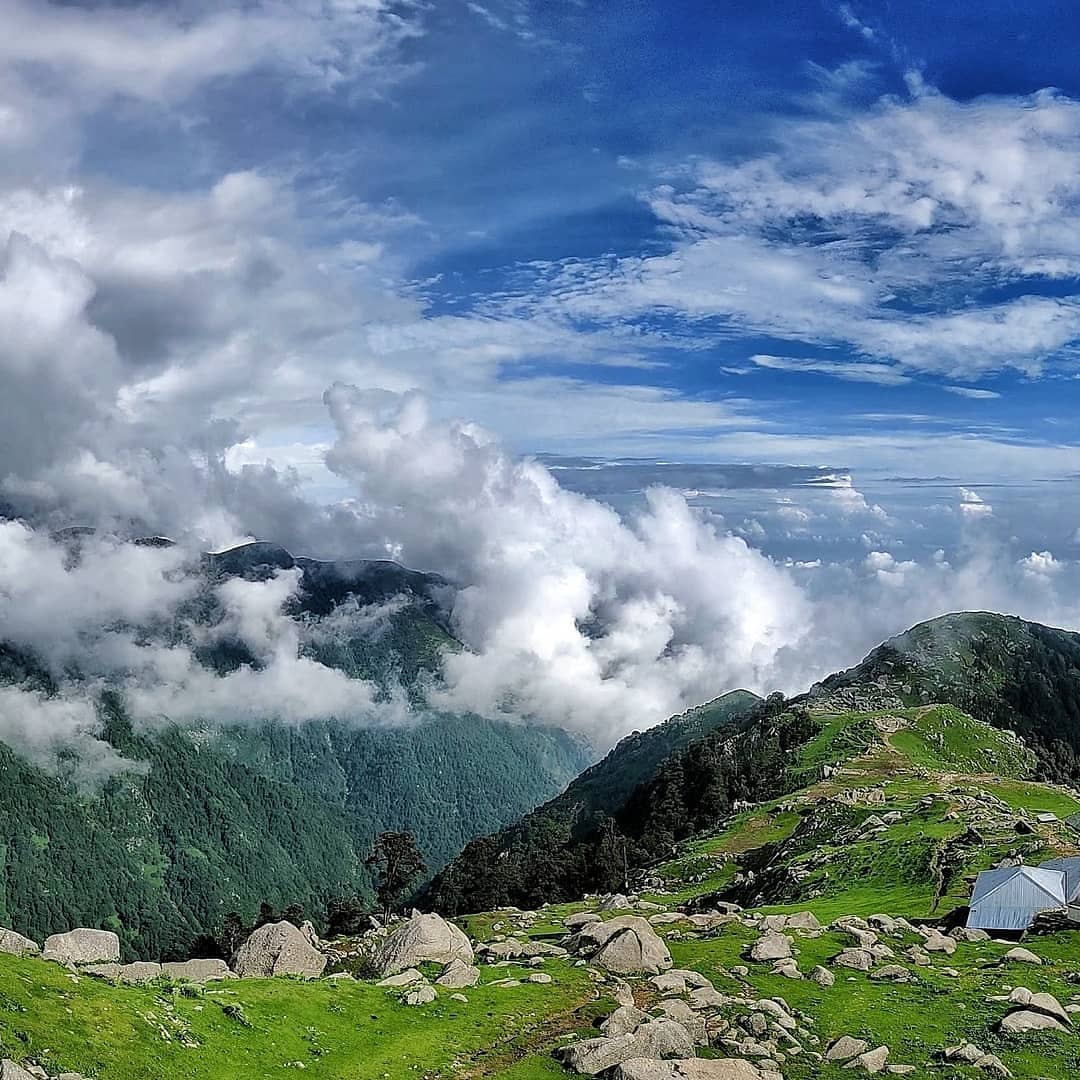
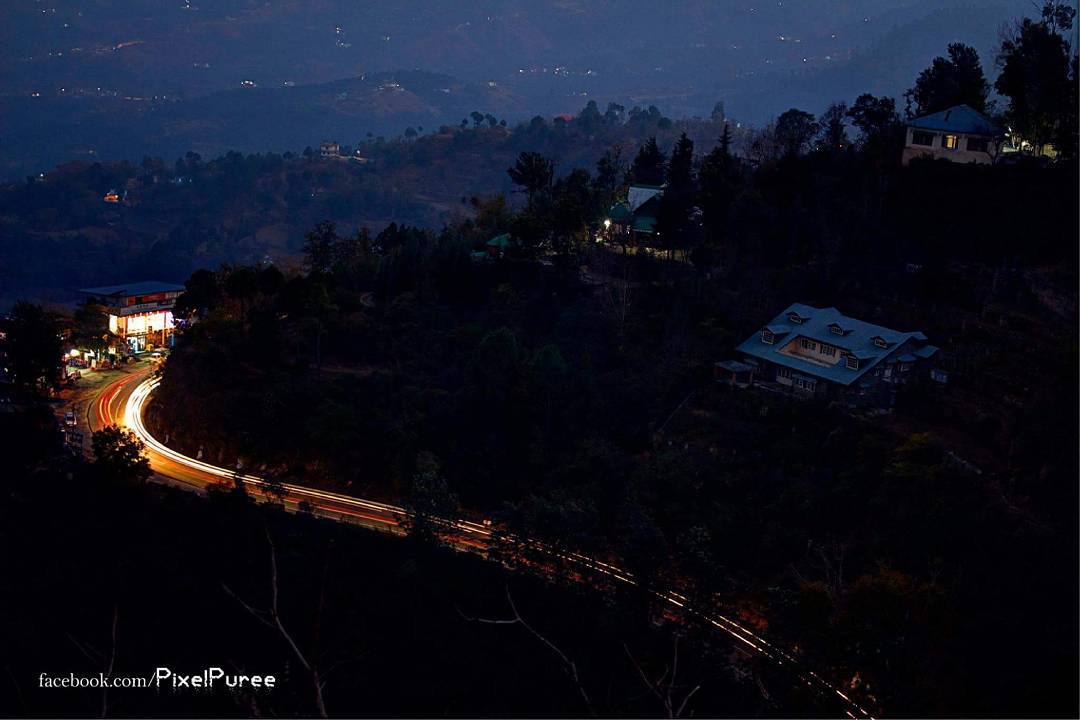
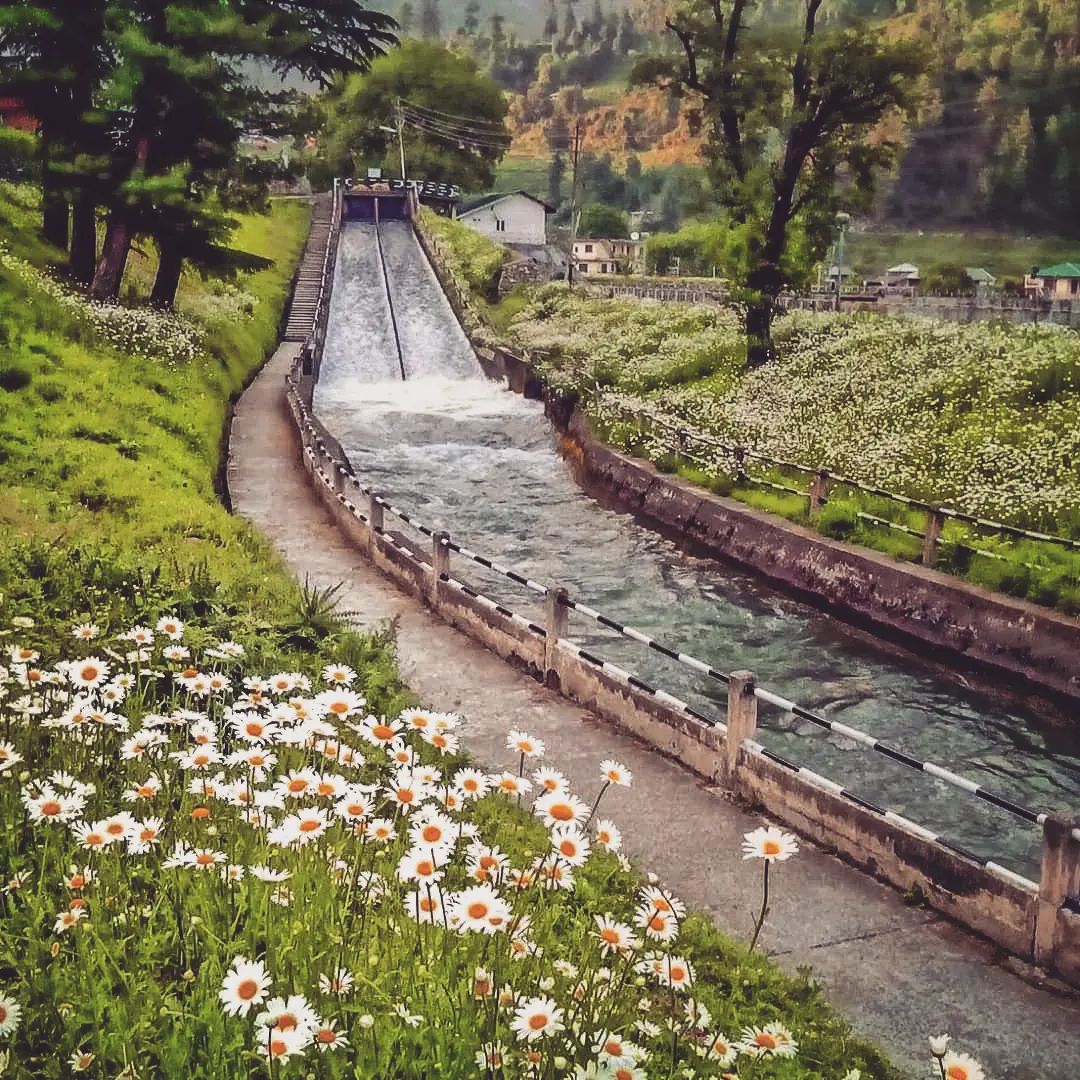
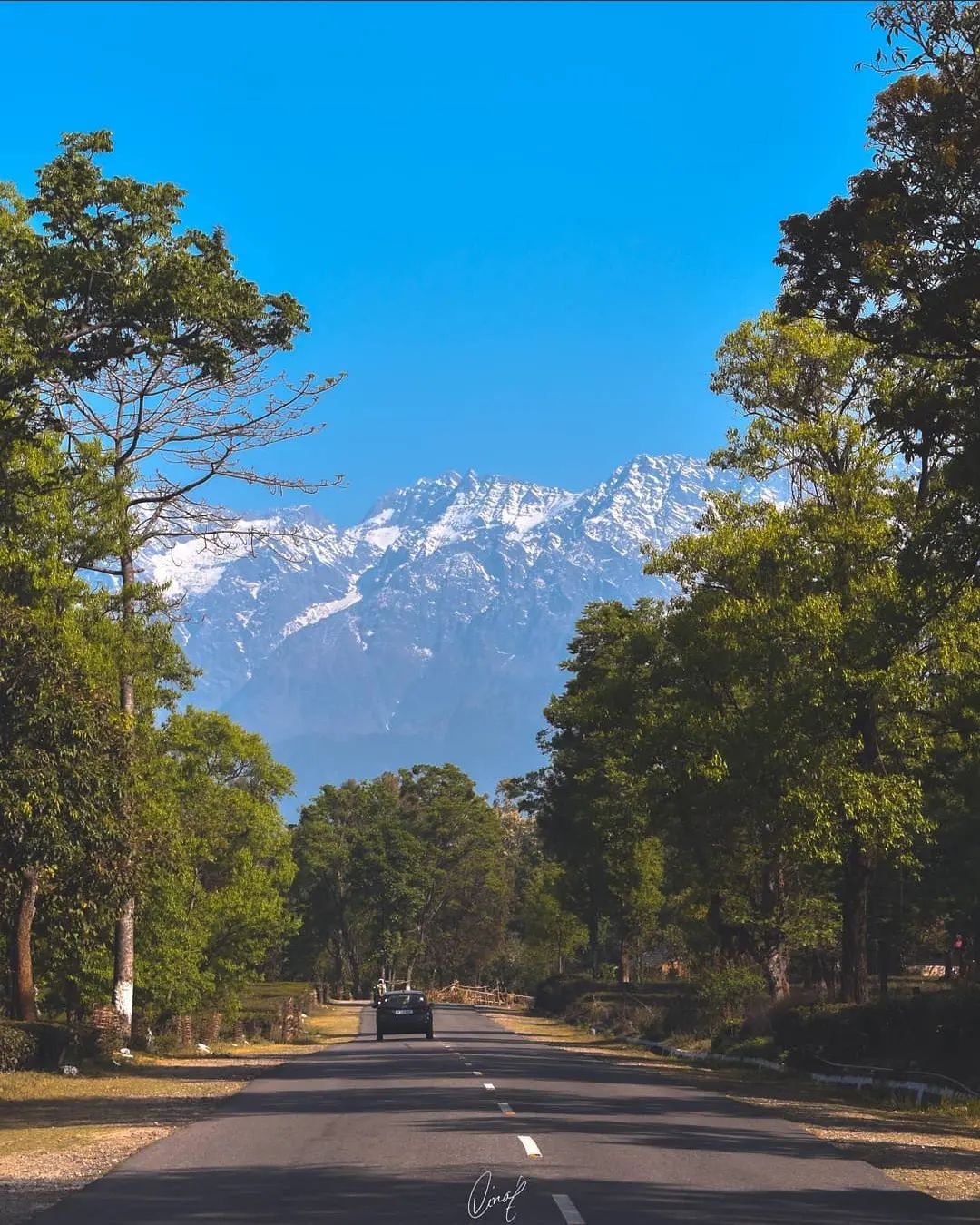

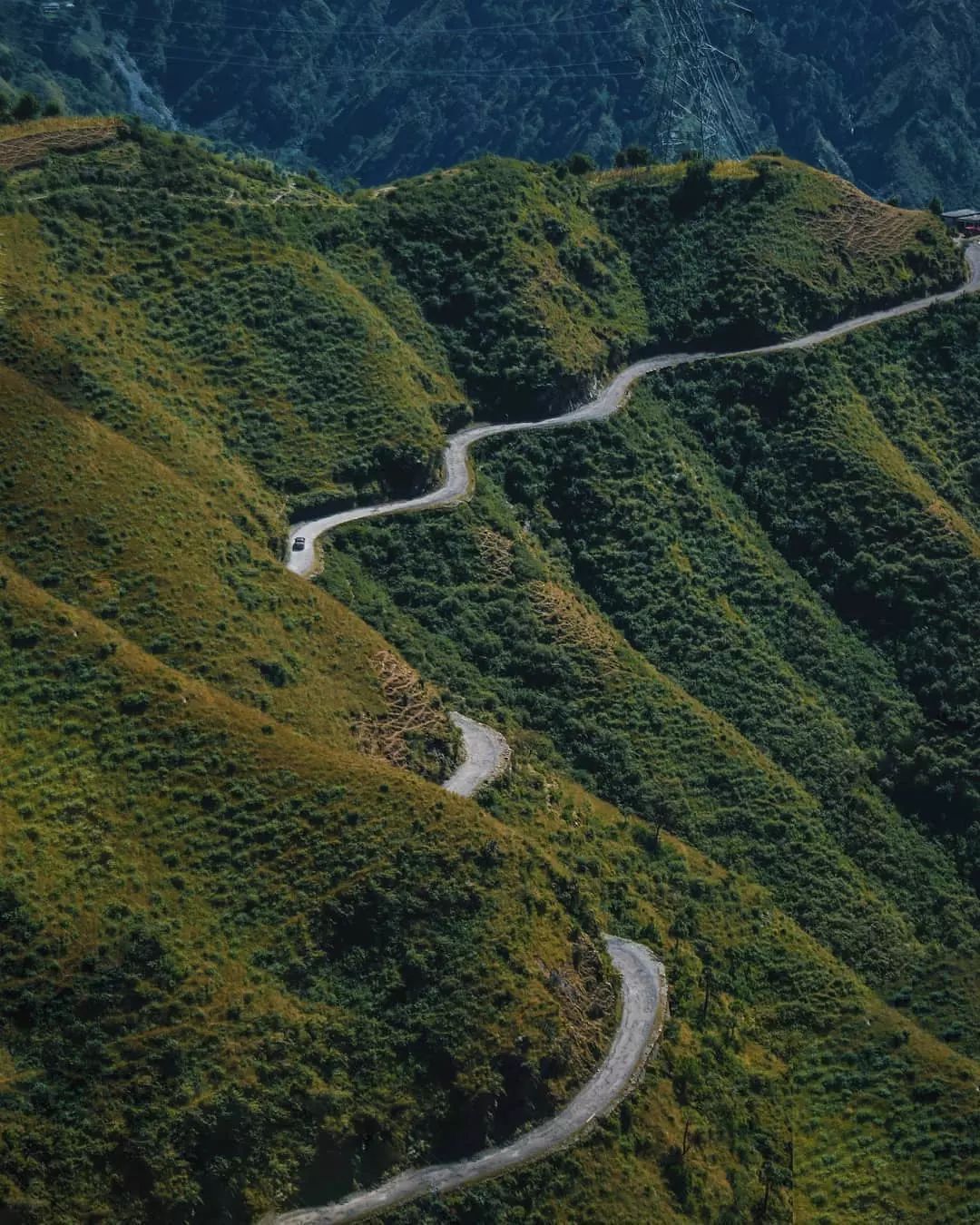




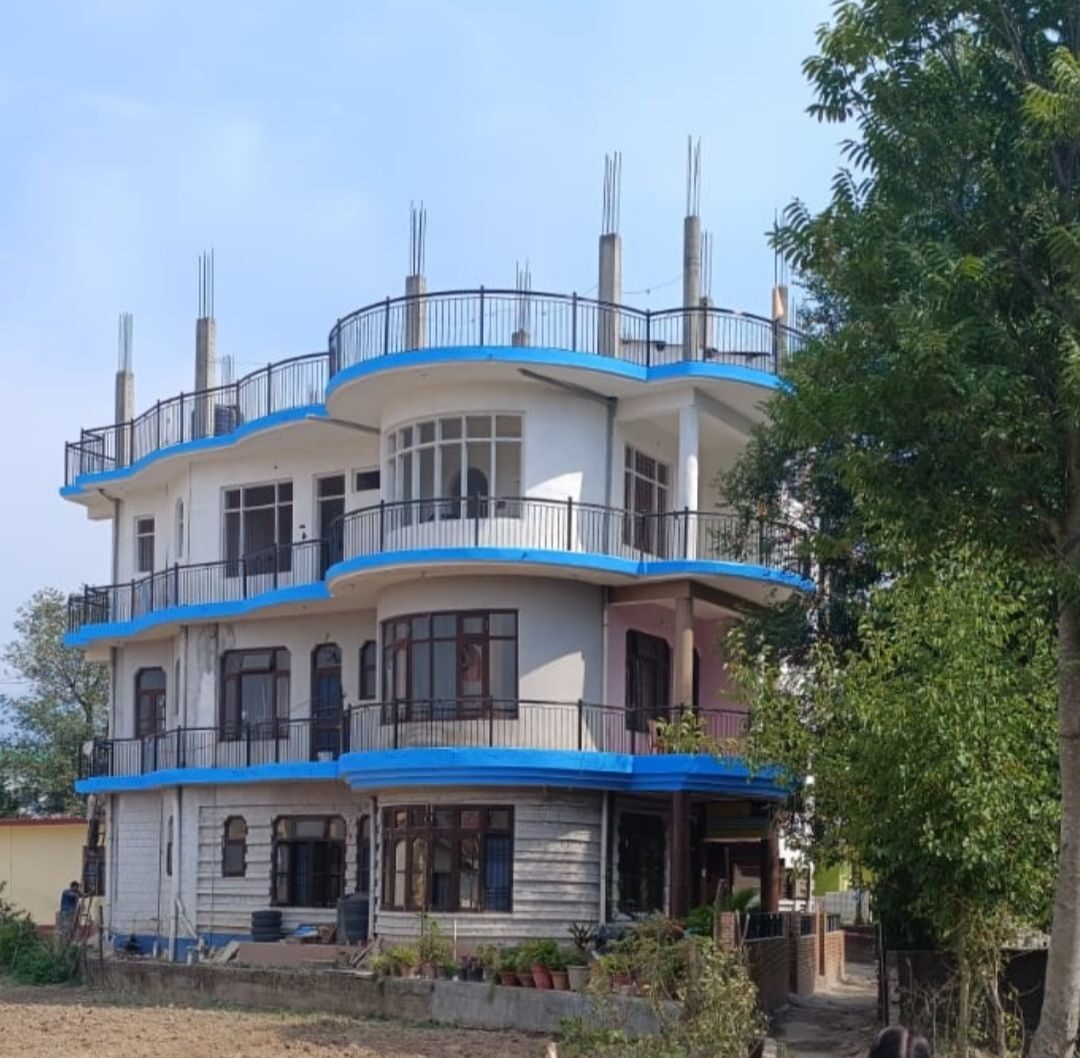

I admire your ability to demystify complex ideas into easily understandable parts. Impressive work!
Amazing article, informative and picturesque.
AWSOME